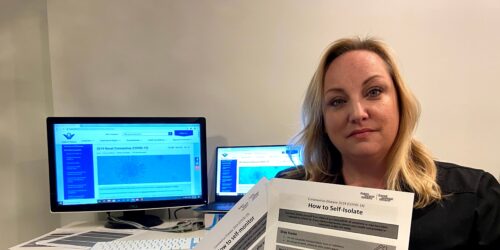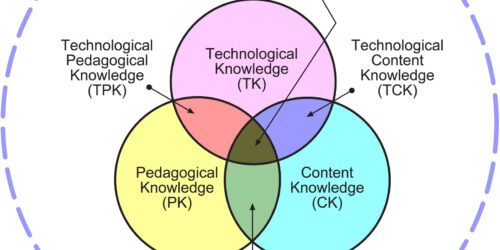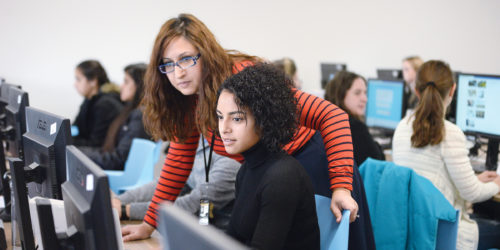
First Graduate of the Post-Secondary Teaching Certificate
My name is Wesley Butler and I am the first graduate of Conestoga’s Certificate in Post-Secondary Teaching.
In my full-time support staff role, I’m responsible for mass communication on course offerings, workshops on emerging trends, and upcoming special events. I work with faculty who inquire about Teaching and Learning’s programming, and how they can enhance their educational goals. Working in Teaching and Learning has inspired me to enter post-secondary teaching.
I wanted to observe training and development from the faculty’s perspective, so I applied for the Certificate in Post-Secondary Teaching in April 2021 and graduated in December 2021. I valued the ability to take courses on topics from which I would most benefit, depending on what I would teach as an educator. I started by taking the six Ontario Extend modules, as part of a partnership between eCampusOntario and Conestoga College. They were easy to obtain and counted as six credits toward the certificate.
As the first graduate, I’d like to share some tips for success:
1. Select courses based on your subject matter expertise and teaching goals.
My background is in public relations and communications, so I focused on courses in evolving assessment practices, collaborative and team-based learning, fostering community among students, and inclusive teaching practices. In public relations programs, student work in groups frequently, sometimes on projects for a full semester.
To prepare myself to deliver courses of this nature, I learned the importance of team contracts, scenario and problem-based learning, and how to ensure an equitable workload among students.
Before embarking on the Certificate in Post-Secondary Teaching, consider reflecting on your subject matter expertise and base your course selections on what you teach. Take courses that will enhance your teaching practices and benefit your students.
2. Take one or two courses to start and increase your course load when you feel comfortable.
There are over 65 choices in courses – so many options! Courses run for two-week periods and involve asynchronous work. Upon acceptance into the program, you have up to three years, on a part-time basis, to complete 30 courses and a capstone project.
I started the certificate by taking two courses the first two months, so I’d have time to plan how I’d apply my knowledge in the classroom. When I became more comfortable and successfully completed a few courses, I took three and sometimes four courses per month, which proved to be manageable.
Time management is essential. Think about your work and personal commitments before deciding on your course load, so you don’t become overwhelmed. When you decide how many courses you will take in a month (or a period of your choosing) chunk down course content into manageable steps – for example, you might schedule time to browse a course shell one day, and then work on assignments a couple days later.

3. Collaborate with fellow educators as often as you can.
While the pandemic has limited our social interactions, there are still opportunities to meet and engage with other faculty. Each course offers one or two online synchronous meetings, during which you meet other participants and the professor.
Take advantage of these meetings whenever you can and join in discussions on how teaching methods have worked for your students. It will allow you to see how other faculty create a positive learning environment for their students. Together, you can develop new and creative ideas to implement in your own teaching.
Visit Conestoga’s Continuing Education website for more information on the Post-Secondary Teaching Certificate. If you have any questions, e-mail teachingandlearning@conestogac.on.ca, and we’ll be happy to support you in your academic journey.







